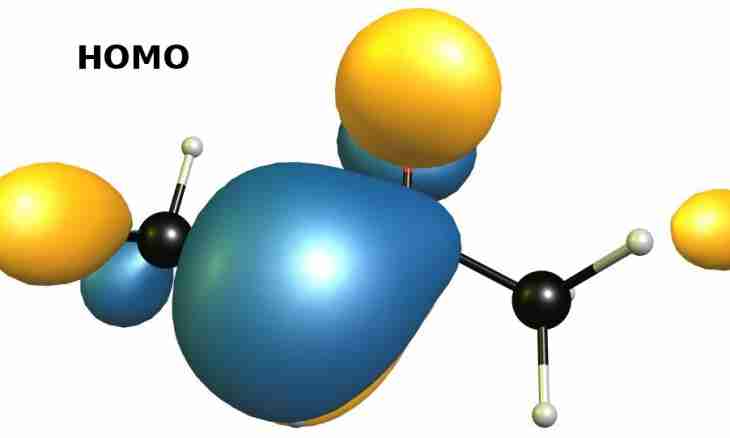Any substance in the nature consists of the smallest particles called atoms. Their sizes are so small that in effect still nobody saw these particles, and data on their structure and properties are based on numerous experiments with use of various difficult devices.
Structure of atom
Atom consists of two main parts: kernel and electron shell. In turn the kernel represents a combination of protons and neutrons which together carry the name nucleons; the electron shell of a kernel consists only of electrons. The positive charge, a cover – negative has a kernel, and together they form electroneutral atom.
History
As it was told earlier, atom consists of a kernel and electrons moving around it. Quite often, to simplify schematical drawings of atoms, consider that electrons rotate on circular orbits as planets of the Solar system around the Sun. This evident model was offered in 1911 by the outstanding English physicist Ernest Rutherford. However experimentally it was not possible to prove it, and began to refuse the term "orbit" gradually. Already it was in the early thirties of the XX century finally established that the electron in atom has no certain trajectory of the movement at all. Then in works of the American physicist Robert Malliken and the German physicist Max Born the new term – an orbital – in consonance and faithful to an orbit began to appear.
Electronic cloud
The electronic cloud is all set of points which the electron for a certain period visited. That area of an electronic cloud in which the electron appeared more often and is an orbital. Most often, giving definition to this term, say that this that place of atom where the location of an electron is most probable. At the same time the word "possibly" plays a key role here. In principle, the electron can be in any part of atom, but the probability to find it somewhere out of an orbital is extremely small therefore it is considered to be that the orbital makes about 90% of an electronic cloud. Graphically the orbital is represented in the form of a surface which outlines area where emergence of an electron is most probable. For example, at hydrogen atom the orbital has spherical shape.
Types of orbitals
Now scientists define five types of orbitals: s, p, d, f and g. Their forms were calculated by methods of quantum chemistry. Orbitals exist regardless of that, there is on them an electron or not, at the same time atom of each element known now, has a full range of all orbitals. In modern chemistry the orbital is one of the defining concepts which allows to investigate processes of formation of chemical bonds.

